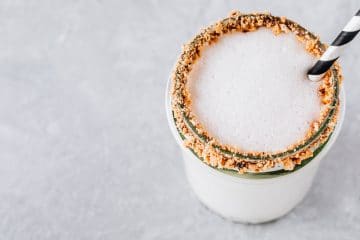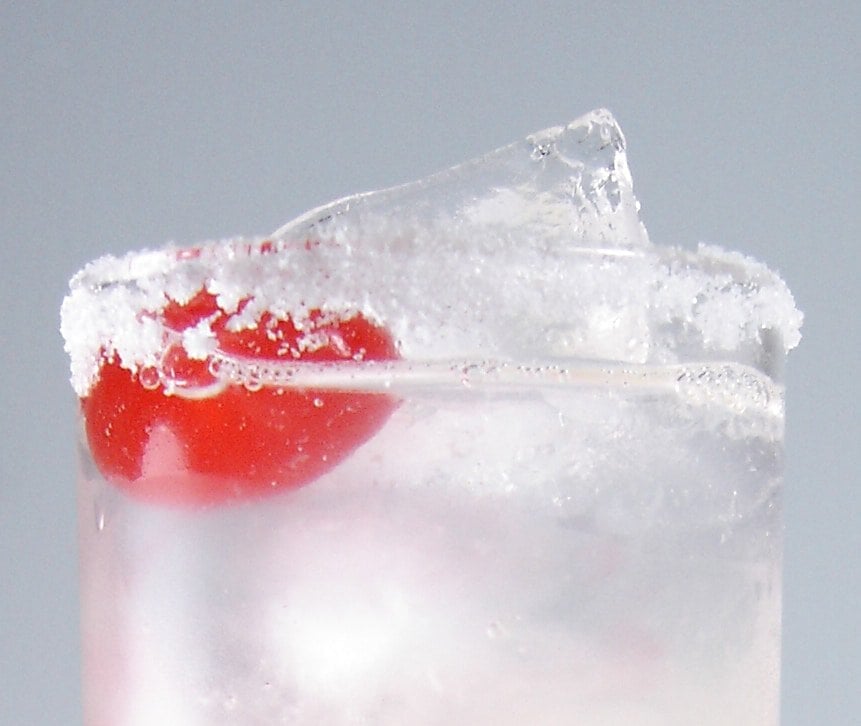For the past few days I’ve been working on a vodka study that I’m looking to publish in the next month or so. This vodka study is similar to the study involving malt and blended scotch identification, with a few modifications and additional analysis. First, the tasting involved 13 people, tasting six different vodkas, three times. There were a number of different vodkas based on price and starting material. The participants answered three questions; was the vodka standard or premium, was it potato, rye or wheat based, and on a hedonic scale of 1 to 10 how much they enjoyed a particular sample (1 being poor, 10 being great). The second step will be running the six vodkas through a gas chromatograph / mass spectrometer (GC/MS) to identify the congeners in the vodka.
 The vodka tasting portion of the study looked at whether a person could identify a premium vodka from a standard vodka and whether they could identify the different starting materials (potato, rye and wheat). There were two vodkas based on each starting material, one being a standard vodka ($25CDN or less in price) and one being a premium vodka for each grain ($40CDN or more). The participants were provided with a sample of a vodka made from rye, wheat and potato to smell prior to the tasting. Each vodka was then tasted three times in a random order, with a few none random placements. For example, one vodka was placed back to back to see if participants could identify it as the same vodka. Also, the vodka tasting was broken into three sections so the participants could not refer to previously written ratings to help them identify a vodka.
The vodka tasting portion of the study looked at whether a person could identify a premium vodka from a standard vodka and whether they could identify the different starting materials (potato, rye and wheat). There were two vodkas based on each starting material, one being a standard vodka ($25CDN or less in price) and one being a premium vodka for each grain ($40CDN or more). The participants were provided with a sample of a vodka made from rye, wheat and potato to smell prior to the tasting. Each vodka was then tasted three times in a random order, with a few none random placements. For example, one vodka was placed back to back to see if participants could identify it as the same vodka. Also, the vodka tasting was broken into three sections so the participants could not refer to previously written ratings to help them identify a vodka.
The hedonic scale provided some interesting results since it rates how much a person likes a particular vodka at a particular moment. In a perfect world, a person would consistently rate a vodka they prefer higher each time. Being a blind study, the brand didn’t have an effect on the taster’s preference, so the participants picked the vodka they preferred based on its characteristics, not the amount of the marketing budget.
The scientific analysis of the vodka is to see if there is any factual basis in the standard vs premium vodka categories. For example, do more expensive vodkas contain fewer congeners? Also, the GC/MS will help to identify any flavour components in the vodka. Many times marketing people will state that a particular vodka has hints of flavours. Is this fact or marketing hype? The GC/MS will hopefully sort this out.
Once the report is completed it will contain a statistical analysis of the results, interpretations of the GC/MS data and some interesting observations which are already being seen in the data. The vodkas will be identified and ranked based on the results. Because the cost of the study is relatively high, this may be my first report (25 pages plus) that I may have to charge a nominal fee for. The proceeds will help fund future scientific studies on other beverage related topics.
Further Reading on Vodka topics:
The Science of Vodka
The Big Old Boring Vodka Martini
Does Grey Goose Contain Glycerine
Glycerol in Vodka Results




